Optimizing 3D Models for Real-Time Rendering

When working with real-time rendering in applications like DAZ Studio and Poser, optimizing your 3D models becomes essential for achieving smooth performance without sacrificing visual quality. While both of these programs are traditionally used for high-quality static renders, more and more artists are exploring their real-time capabilities. In this context, it is crucial to understand how to reduce system load while maintaining detail and realism.
In this article, we will explore the key methods for optimizing 3D models specifically for real-time rendering, such as polygon reduction, texture optimization, and material adjustments. This guide will be especially useful for those who wish to work with real-time rendering in DAZ Studio and Poser.
Reducing Polygon Count
One of the most important steps in 3D model optimization is reducing the number of polygons. High-polygon models can be a heavy load for both your CPU and GPU, significantly affecting the real-time performance. The goal here is to strike a balance between visual detail and system efficiency.
Here are several methods you can use for polygon reduction:
- **Decimation**: This is the process of automatically reducing the number of polygons without severely impacting the appearance of the model. DAZ Studio and Poser have built-in decimation tools that help remove unnecessary polygons, especially from less visible parts of a model.
- **Retopology**: Unlike decimation, retopology is a manual process that allows you to optimize the model's mesh more intelligently. Software like ZBrush or Blender provides tools for manual retopology, allowing you to redesign the topology of the model, which results in a more efficient, clean mesh.
- **LOD (Level of Detail)**: LOD involves creating multiple versions of your model at different levels of detail. For example, you can create a high-polygon version for close-ups and a low-polygon version for distant views. This reduces the number of polygons rendered depending on the camera’s distance from the object.
Each of these methods can be used depending on the specific needs of your project. Combining them intelligently will allow you to achieve real-time rendering without losing important details in your 3D models.
Optimizing Textures
Another key factor in real-time rendering is the efficient use of textures. High-resolution textures can easily overload the system’s memory, especially if you don’t optimize them properly.
Here are a few strategies for optimizing textures:
- **Compression**: Both DAZ Studio and Poser allow you to compress textures to reduce their size. This helps decrease the memory load while maintaining acceptable quality. Depending on your project, reducing texture resolution from 4K to 2K or 1K can make a big difference in performance without significantly impacting visual quality.
- **Texture Baking**: Texture baking combines various elements, such as shadows, reflections, and normal maps, into a single texture. By baking textures, you reduce the computational load required to calculate these effects in real-time, which is especially useful for games and interactive scenes.
- **Smaller Texture Resolutions**: Not all parts of your scene require ultra-high-resolution textures. For background elements or less prominent objects, you can safely use lower resolution textures without affecting the overall appearance of the scene.
Material and Shader Optimization
Optimizing materials and shaders is another critical component in real-time rendering. While DAZ Studio and Poser have powerful tools for creating realistic materials, complex shaders can heavily tax real-time performance.
Here are a few steps to optimize your shaders:
- **Simplify Shaders**: Use simpler shaders that avoid complex effects like subsurface scattering or ray tracing. These processes require a lot of computational power, which is not always necessary for real-time rendering.
- **Pre-bake Lighting**: Instead of calculating dynamic lighting in real-time, you can pre-bake shadows and reflections. This greatly reduces the workload for your rendering engine.
By simplifying shaders and pre-baking effects where possible, you can make a significant difference in real-time performance without compromising the visual quality of your scene.
\

Optimizing Animation and Rigging
When working with animated models, especially in real-time scenarios, optimizing the rigging and skeletal structure is vital. Complex rigs with many bones and controllers can slow down performance, particularly during playback.
Consider the following tips:
- **Simplify Bone Structure**: If certain parts of your model don’t require detailed movement, reduce the number of bones in your rig. This will decrease the overall complexity and improve performance.
- **Bake Animations**: Similar to texture baking, you can bake your animations so that they no longer rely on complex rig controls. Baked animations are easier for the software to process in real-time.
DAZ Studio and Poser both offer tools to help simplify rigs and animations, ensuring smoother playback and higher performance in real-time environments.
DAZ Studio and Poser Settings for Real-Time Rendering
Both DAZ Studio and Poser provide specific settings to help optimize real-time rendering performance. By tweaking these settings, you can ensure smoother navigation and faster rendering times in your projects.
DAZ Studio Settings
In DAZ Studio, you can use the **Iray Interactive Mode**, which provides fast previews for real-time interaction. While it’s not as detailed as full Iray rendering, it gives you a quick and accurate sense of how your scene will look without waiting for a full render.
- **Display Modes**: Switch to the **Interactive Mode** for faster editing and manipulation of your scene.
- **Shadow and Tessellation Quality**: Lower the tessellation and shadow quality to reduce system load while you work on your scene.
- **Disable Global Illumination**: If you don't need global illumination, turning it off will save a significant amount of processing power.
Poser Settings
In Poser, the **Preview Mode** allows you to see quick approximations of your scene in real-time. While this mode doesn’t offer the full fidelity of a render, it is an excellent way to get a sense of composition and light placement without waiting for a full render.
- **Shadow Resolution**: Lowering the resolution of shadows can help improve performance.
- **Simplify Scene Lighting**: Reducing the number of lights or opting for simpler light setups will speed up rendering.
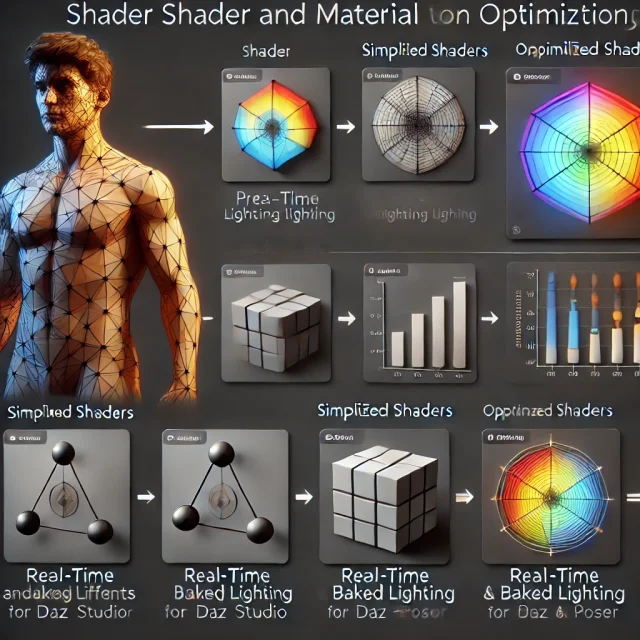
Maximizing Real-Time Rendering Efficiency
To achieve the best possible performance for real-time rendering, you need to approach optimization from multiple angles — reducing polygons, optimizing textures, simplifying materials, and adjusting software settings. By implementing these techniques in DAZ Studio and Poser, you can create stunning real-time visualizations with minimal system strain.
In addition to optimizing your models, textures, and scenes, make sure to take full advantage of the assets available in our catalog. We offer a wide selection of free characters, presets, studios, and HDRI collections for DAZ Studio and Poser that can be downloaded directly from our free characters section. Whether you need fully rigged characters or realistic environments, you'll find everything you need to speed up your workflow.
Don't forget to check out our library of environment and prop models for DAZ Studio and Poser. From buildings and furniture to vehicles and vegetation, our vast catalog includes everything you need to create realistic scenes quickly. Visit our [3D models section](#) to download free assets and enhance your real-time projects today.
Ctrl
Enter
Noticed a misTake
Highlight text and press Ctrl+EnterRelated news:
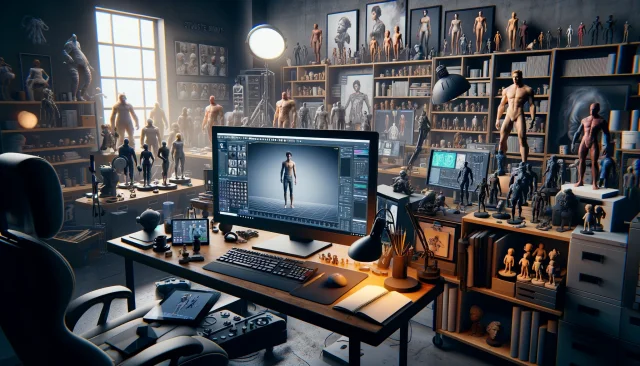
Analyzing Trends in Creating 3D Characters for Films and Video Games
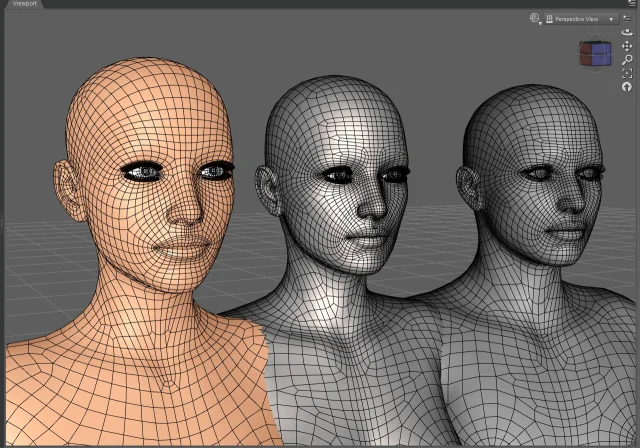
Working with 3D Scans in DAZ Studio and Poser: A Detailed Guide to Importing and Using Real-World Scans
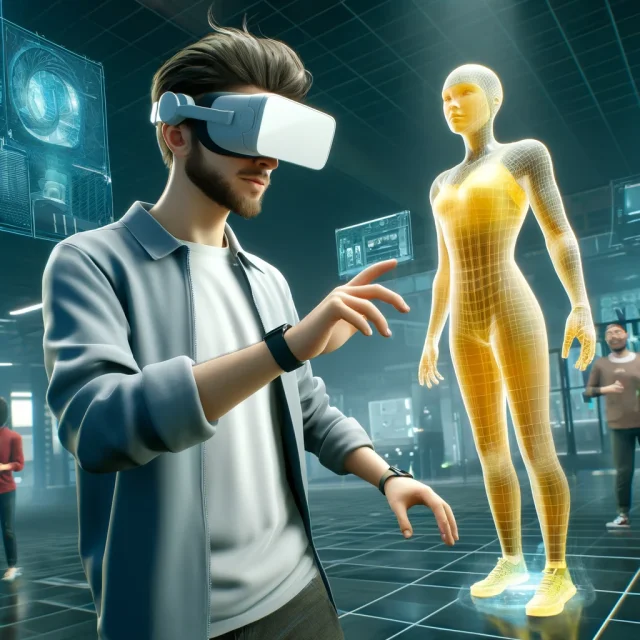
Virtual Reality and 3D Characters: Exploring the Possibilities of Creating 3D Characters for VR Projects with DAZ Studio and Poser, and Necessary Adaptations for VR
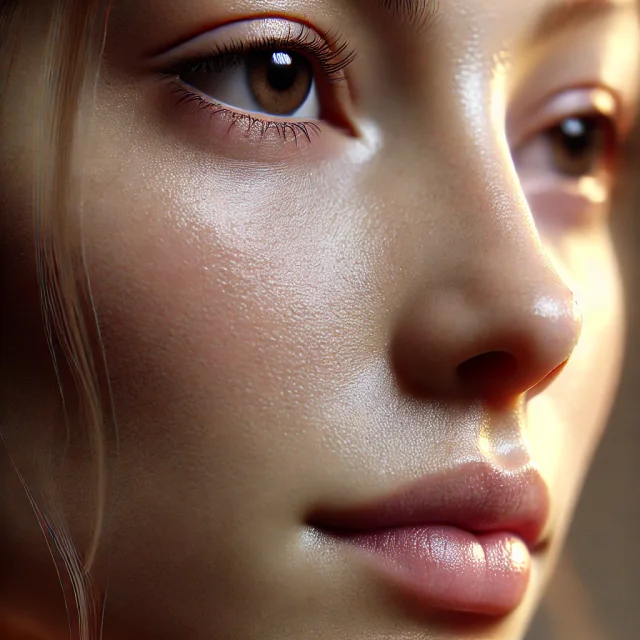
Secrets of Photorealistic Skin Rendering in DAZ Studio and Poser: Achieving the "Lifelike Skin" Effect with Modern Shaders
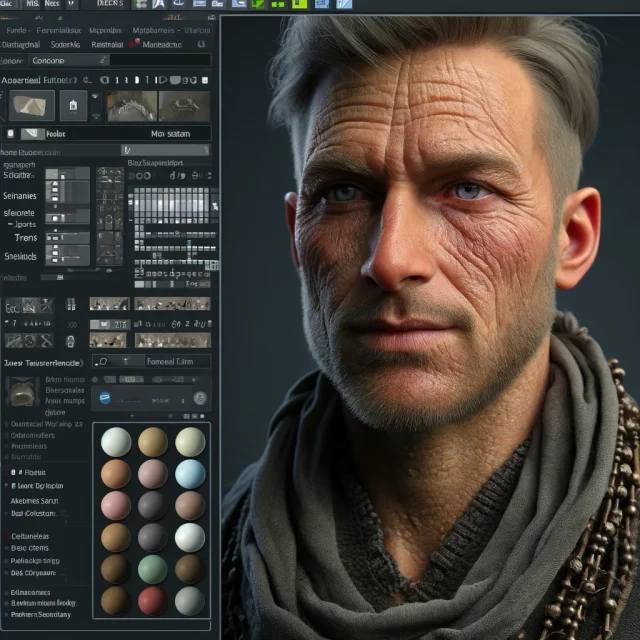
Advanced Texturing Techniques in DAZ Studio and Poser
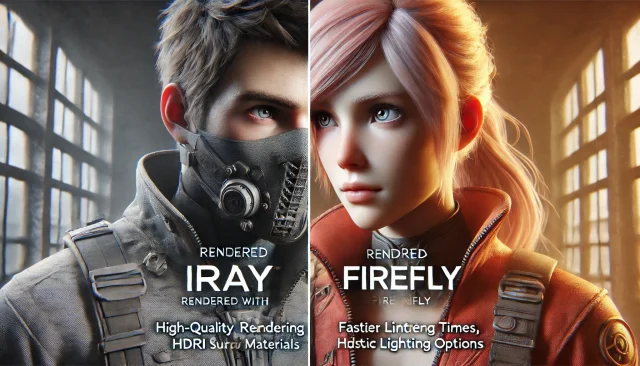
Using Iray and Firefly for Rendering in DAZ Studio and Poser
Comments (0)
